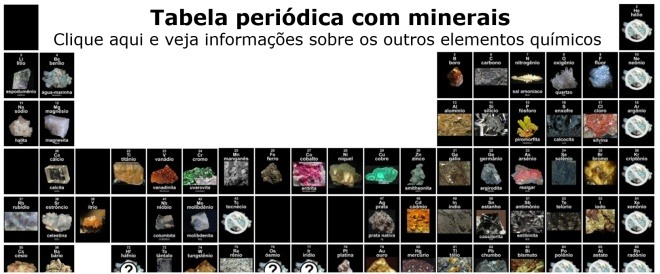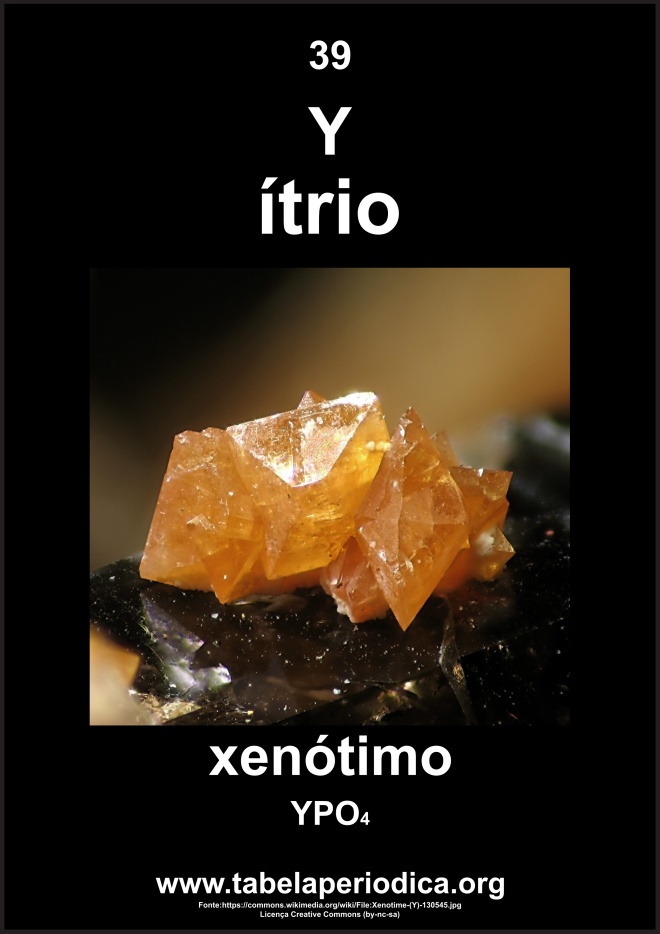
Teve seu nome escolhido em 1832, vindo do grego xenos, que significa alguém estranho, referindo-se à ocorrência do mineral em pequenos cristais raros que foram negligenciados por muito tempo.
Alguns exemplares de xenótimo podem ser radioativos pela presença de contaminates como o urânio ou tório.
Pode ser inclusive encontrado em alguns locais no Brasil (Minas Gerais, Bahia, São Paulo).
Pode ser usado como uma fonte do elemento ítrio e também os elementos disprósio, itérbio, érbio ou gadolínio.
Abaixo seguem algumas imagens do mineral gentilmente cedidas por André Cunha de Souza e Deusavan Sales da Costa Filho.
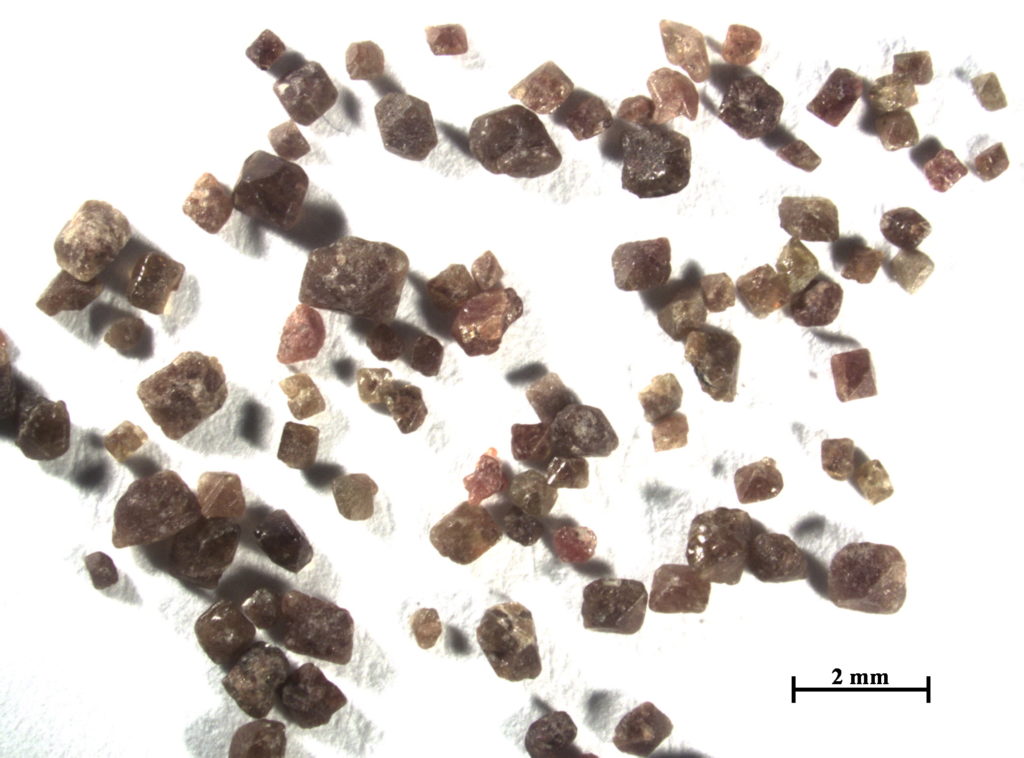
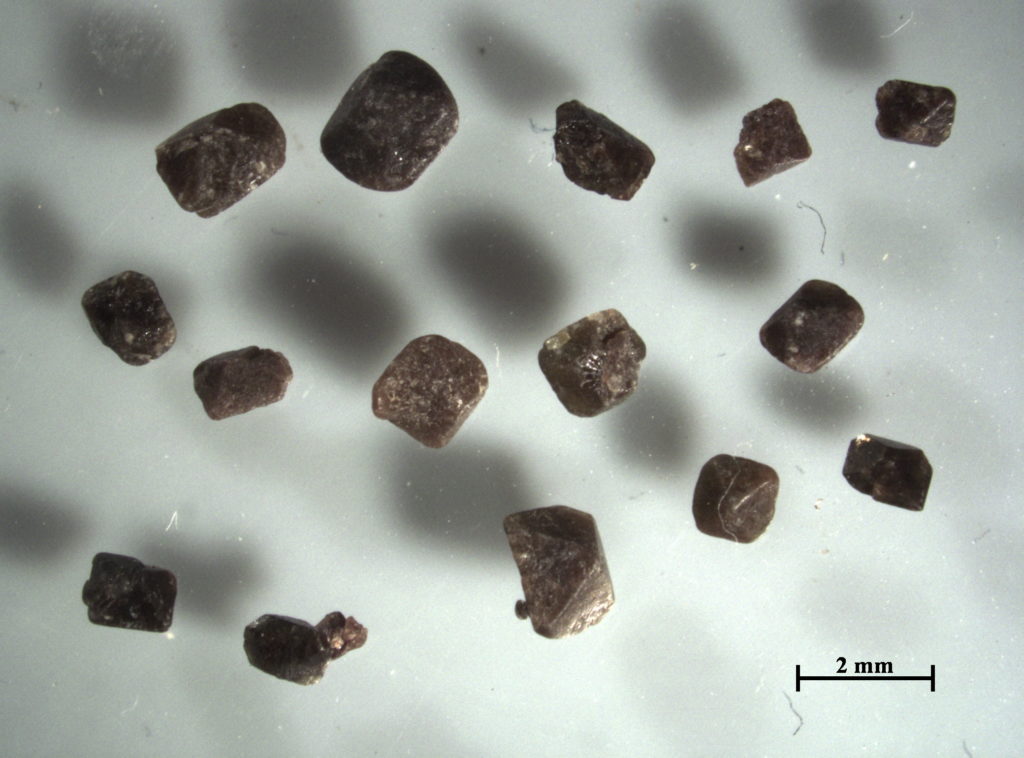
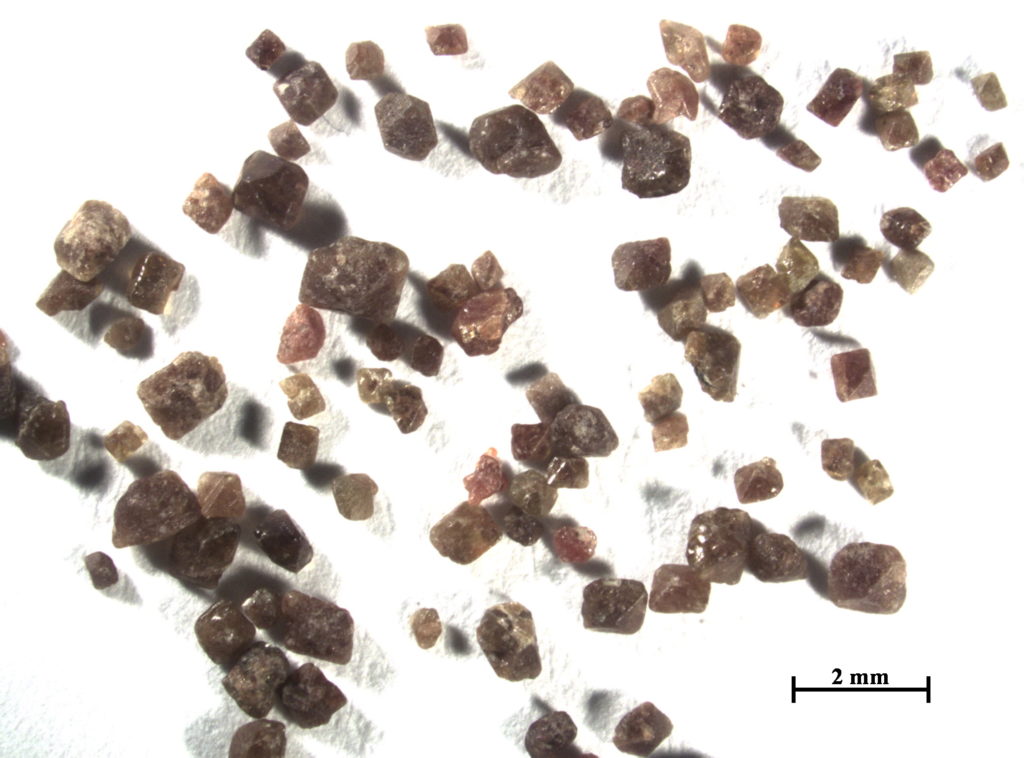
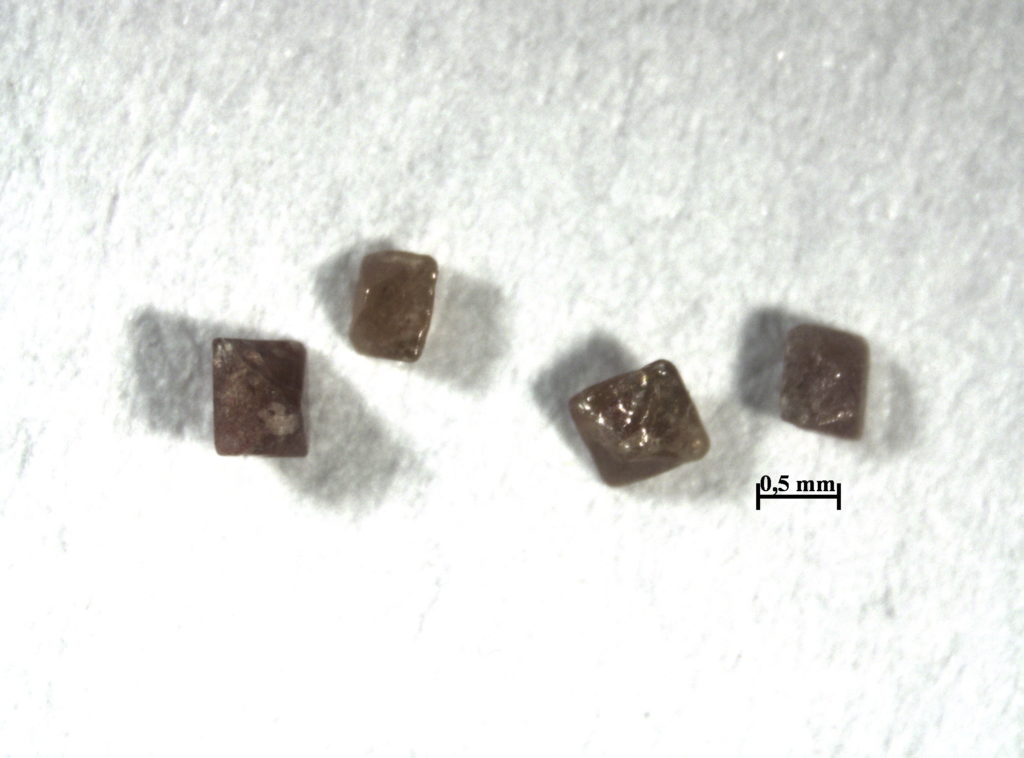
Versão em fundo branco
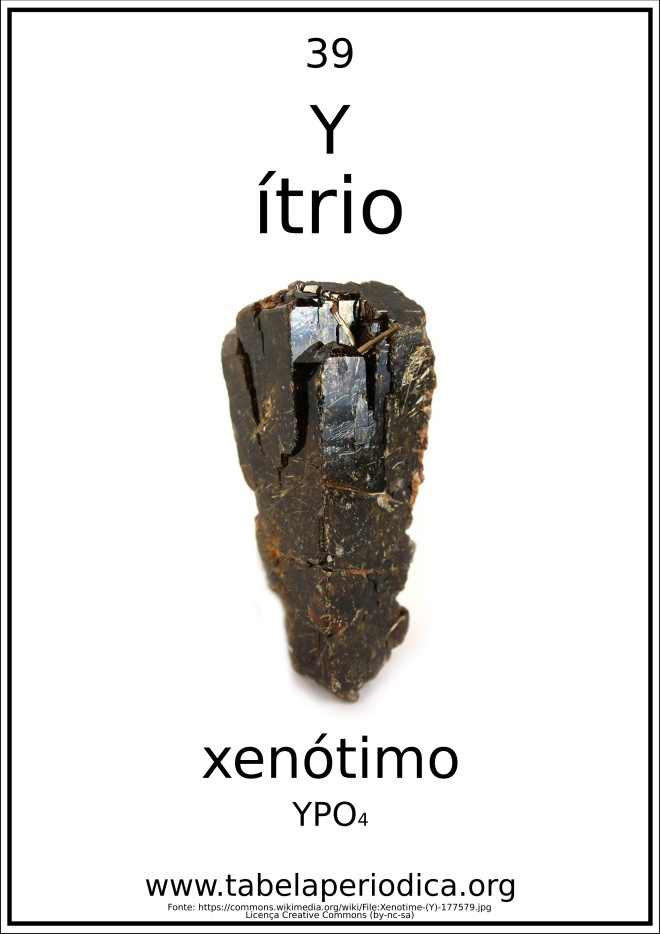
Versão em arquivo PDF (tamanho A4).
Texto escrito por Prof. Dr. Luís Roberto Brudna Holzle ( luisbrudna@gmail.com ). Universidade Federal do Pampa – Licenciatura em Química.
